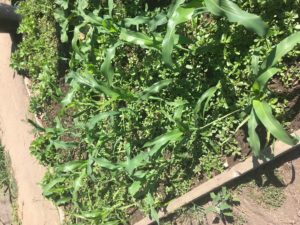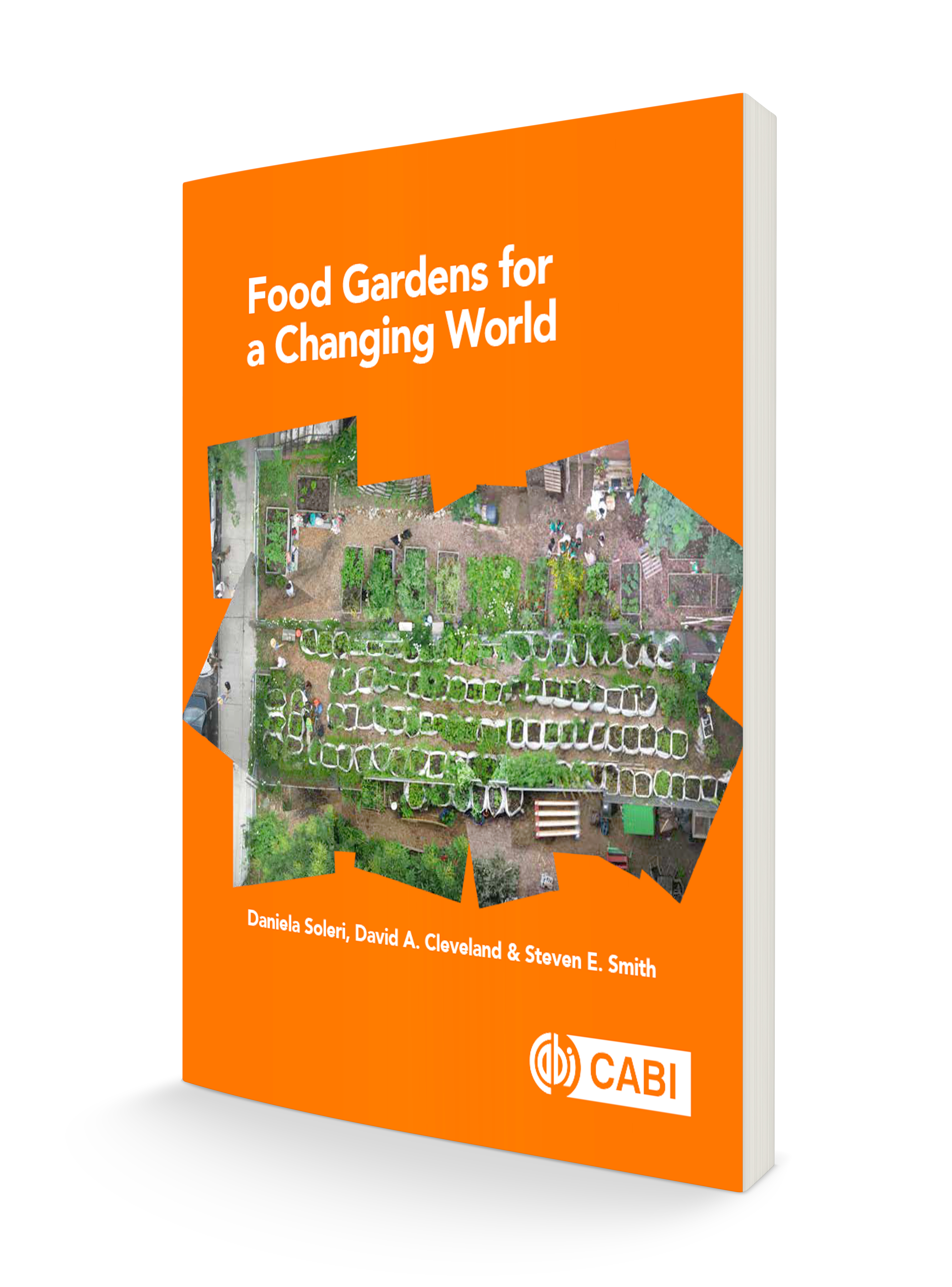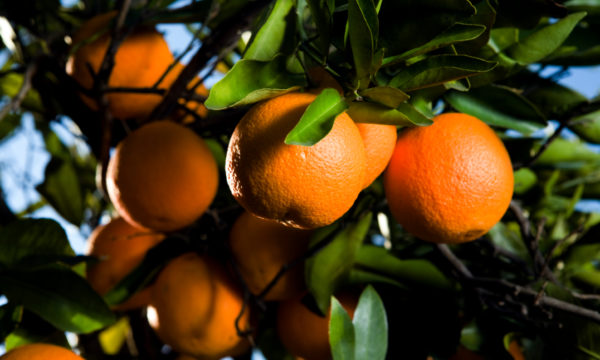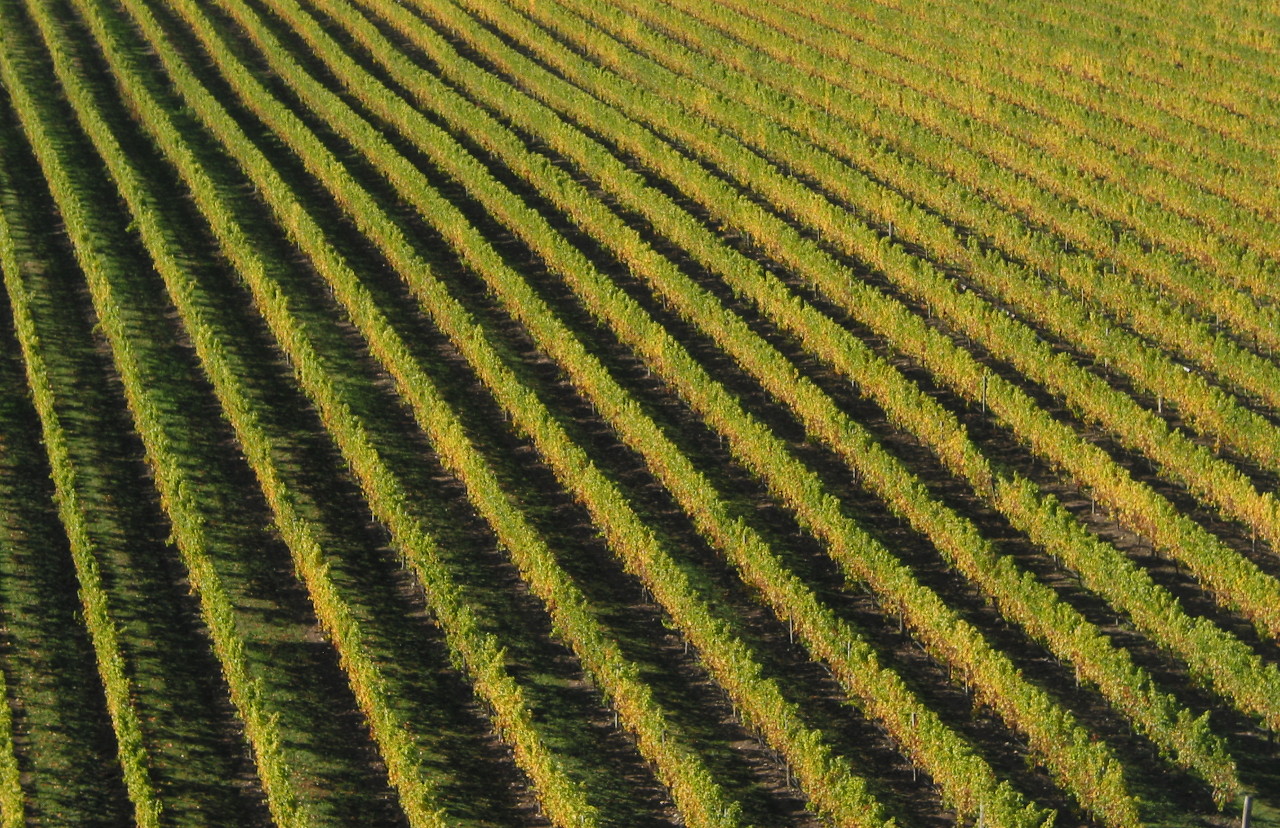By Daniela Soleri, University of California, David A Cleveland, University of California, Steven E Smith, University of Arizona
In early September 2017, the fall equinox was approaching, and things were different in our garden. The heat-loving basil plants that should have been slowing down as the days shorten and cooler weather usually arrives, were showing no sign of changing. The fruit on both varieties of our persimmon trees were turning deep orange at least one month earlier than in previous years. The unusually warm, dry summer of 2017 in much of the western US contributed to similar experiences for many gardeners.
That autumn was an example of how the timing and duration of plant life cycles, and our garden activities, are changing from what we are familiar with, and like other gardeners and farmers, we need to figure out how to respond.
Familiar variation versus trends
Gardening always involves working with change and uncertainty, but how we deal with that change and uncertainty depends on whether it is in the form of familiar variation or part of long-term trends. Gardeners have lots of experience coping with the uncertainty of short-term, familiar variation, like the annual cycle of changing seasons, by adjusting management practices.
However, these coping strategies may not be an adequate response to the changes we are now experiencing. Many of these changes are the result of unprecedented long-term, global trends that are major challenges to human society in general, including to successful food gardening. These trends are the result of the large and growing human impact on society and the environment that has become commonly known as the Anthropocene epoch.

The trends include climate change, increasing environmental degradation and resource scarcity, rising socioeconomic inequity, and an increasingly diverse, urbanized, and older population that suffers from a pandemic of non-communicable diseases like diabetes and heart disease caused by unhealthy diets and lifestyles. The changes brought by these trends require responses that go beyond coping, and include creatively adapting to the changes, as well as methods for helping to slow or reverse trends.
Food gardens are not only affected by the changes brought by these trends, but are a popular strategy for responding to them. People are growing food to save money, improve their diets, reduce the environmental footprint of their food, and mitigate and adapt to climate change. They are also growing food for its personal and cultural significance, to enjoy the benefits of working in nature and in the company of others, to strengthen their communities, and to promote social justice.
Our book, Food Gardens for a Changing World, is a resource for understanding the impact of Anthropocene trends on food gardening, and how to successfully respond to the changes those trends are bringing. It is based on the basic biological, ecological and social concepts underlying food gardening.
Five Key Ideas
We present these concepts within the framework of five key ideas. This framework supports gardeners everywhere working toward the goals of minimizing harm to the environment, mitigating and adapting to climate, environmental and social change, and strengthening prosocial strategies that support increased equity and food justice.
Our five key ideas are based on research in the natural and social sciences, and guide application of concepts in response to the challenges we face:
Ecological thinking. Garden resources like soil, organic matter, water, and insects have lifecycles that extend beyond our gardens. Thinking of entire lifecycles makes it easier to manage them in response to environmental, climate and social change, in ways that optimize benefits for everyone.
For example: how can we compost our garden and food waste to minimize the carbon it contains from being turned into methane, a powerful greenhouse gas contributing to climate change?
Evolution by selection. All living organisms are the result of evolution by selection. How we garden contributes to this process by favoring locally adapted crop plants and other living organisms in the garden over others.
For example: how can we select plants of our favorite garden crops so that they continue to be productive as the climate changes, bringing increasing temperatures?
Prosocial behavior. Among humans’ wide range of potential behaviors, prosocial ones are necessary for successful communities and gardens. Prosocial behaviors in managing resources support access to garden benefits in ways that advance social justice.
For example: how can we use increasingly scarce water in our garden so that today’s gardeners all have a fair share, and future generations also have water for their gardens?
Social organization. The way we organize ourselves for food gardening affects our ability to reach the prosocial goals we have for our behavior, our communities, and our environment, including the climate. The best scale and form of organization will depend on our specific goals and the methods we are using.
For example: is the best way to minimize greenhouse gas emissions from garden and food waste to compost at the garden, or to support centralized community composting?
Knowledge diversity. Local gardeners often understand many aspects of their physical and social environments far better than scientists. Scientific knowledge can complement gardeners’ knowledge and also contribute methods for research that support gardeners’ own goals.
For example: what experiments do gardeners think are important for finding out the amount of irrigation water that provides the most harvest per amount of water applied?
Science + art
Gardening is an art as well as a science because it integrates our understanding of the complexity of food gardens based on empirical observations and experiments, with our understanding from the intuitive interpretation of our experiences.
This framework of ideas, along with concepts and examples, make Food Gardens for a Changing World a powerful resource for helping gardeners respond to current conditions and future changes. However, we recognize that the best way to use this resource is in combination with the art of gardening. Gardening is an art as well as a science because it integrates our understanding of the complexity of food gardens based on empirical observations and experiments, with our understanding from the intuitive interpretation of our experiences.

The book begins with several chapters that describe the potential contribution of food gardens, the changes gardeners are facing as a result of Anthropocene trends, and concepts and strategies for successfully responding to these changes, including ways to do informal garden research, and worked examples of garden-scale formal research
Subsequent chapters show how the basic concepts of the five key ideas can be used in ways appropriate for food gardens in different circumstances. The book focuses on hotter, drier areas, especially the western US, but its concept-based approach makes it relevant for gardening everywhere. We demonstrate how the concepts apply to locating and starting gardens, to managing plants, soils, water, pests, pathogens and beneficial organisms, and to plant selection and seed saving.
We wrote Food Gardens for a Changing World as a resource for students, teachers, researchers, and policymakers who are looking for ways to investigate and understand the role of food gardens. It is also valuable for household, community and school gardeners and activists who want to go beyond standard recipe-style garden information. It can help them to respond to change in ways consistent with goals for themselves, their communities and the world. Food Gardens for a Changing World is especially useful as a guide for evaluating alternative gardening strategies, and for documenting the environmental, community and health benefits of food gardens, in order to justify community, government and financial support.

Food Gardens for a Changing World by Daniela Soleri, David A Cleveland, and Steven E Smith is published by CABI and available from the CABI Bookshop.
Related News & Blogs
CABI works with partners to develop simplified manual of KS 1758: Horticulture Code of Practice for Kenya
CABI has worked in partnership to help develop a simplified manual outlining with illustrations the details of the KS 1758: Horticulture Code of Practice for Kenya which is aimed at enabling more farmers to produce safe food. KS 1758 specifies the rule…
20 August 2024




